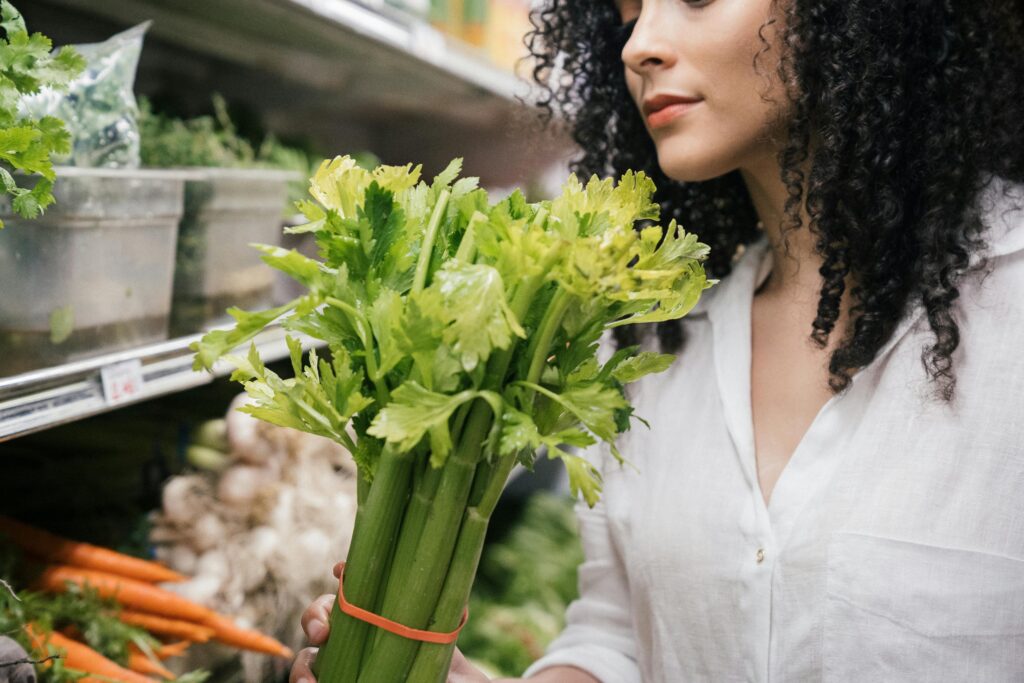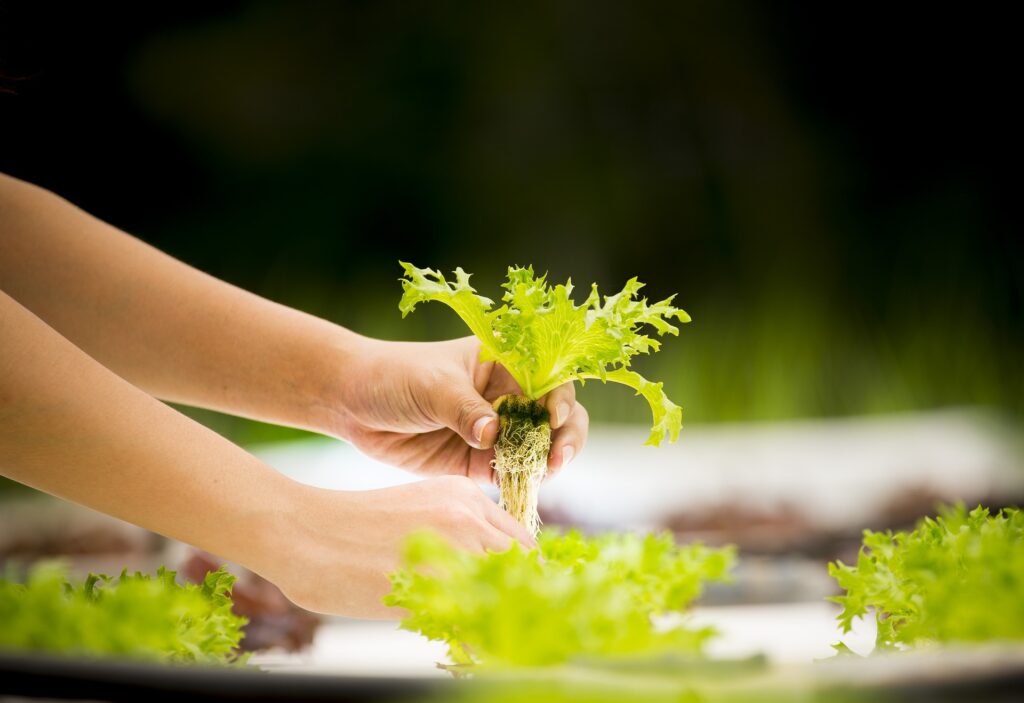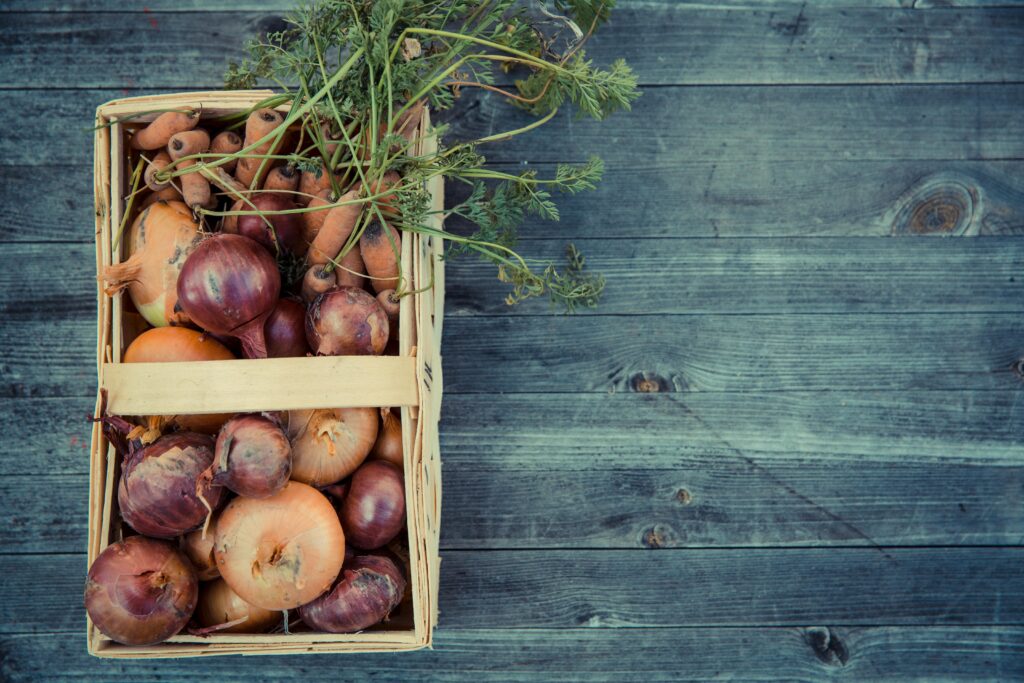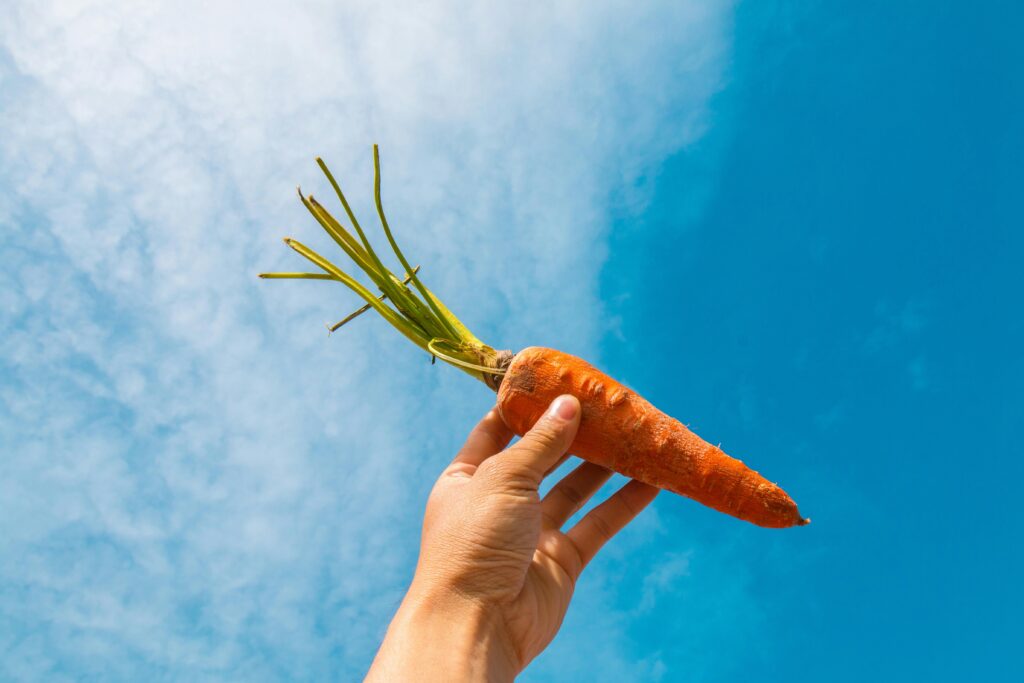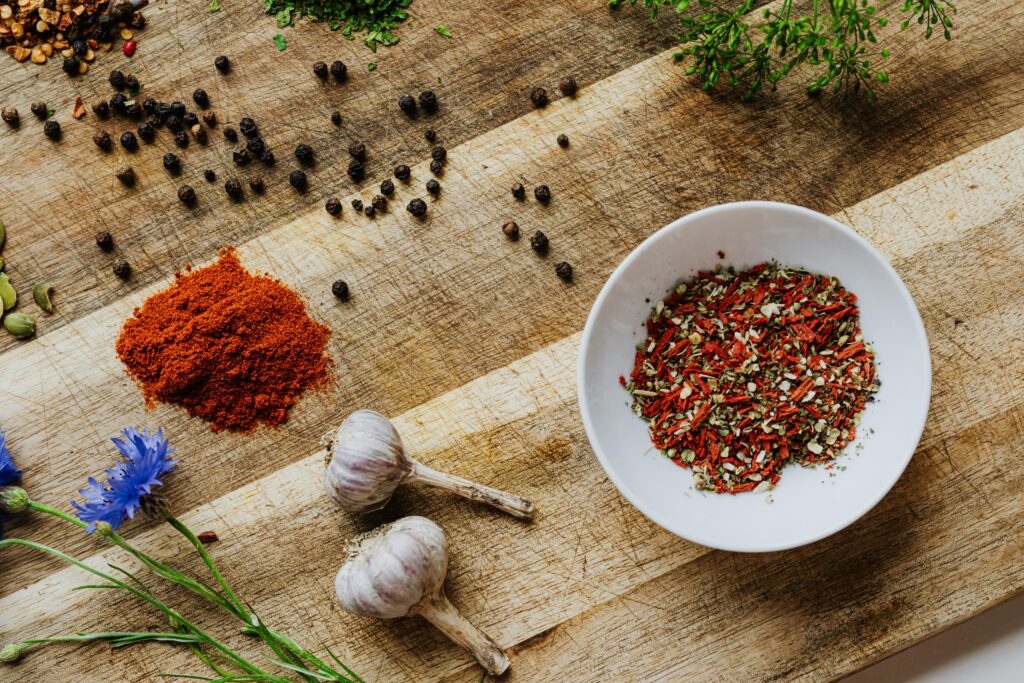Table of Contents
How to Grow Celery from Stalk: Introduction
Growing celery from stalks represents an ingenious way of gardening that marries sustainability with practicality. This method, surprisingly simple yet profoundly rewarding, turns what would be kitchen waste into a source of fresh, nutritious produce. In this expanded guide, we dive deeper into the step-by-step process of regenerating celery from its base, exploring the nuances that can make the difference between a good harvest and a great one. From selecting the right stalk to understanding the celery plant’s needs throughout its lifecycle, we aim to cover everything you need to know to successfully grow your own celery at home.
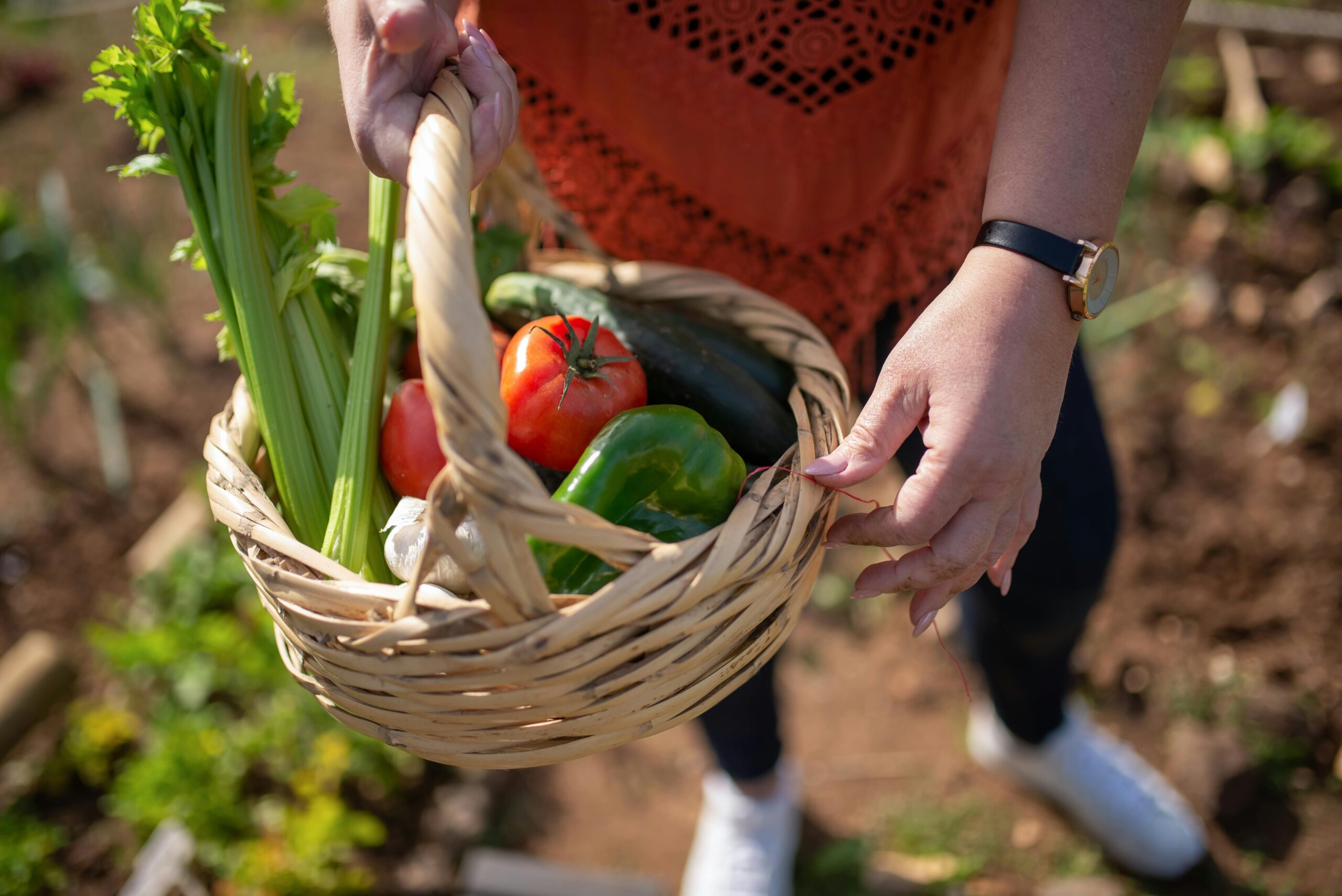
The Benefits of Growing Celery from Stalks
Celery is known for its health benefits, including vitamins A, K, and C, plus minerals like potassium and folate. It’s a staple in diets promoting wellness and is often recommended for its hydrating properties. Growing celery from stalks not only provides you with a fresh, readily available supply of this healthful vegetable but also offers several advantages:
- Sustainability: This method reduces food waste, allowing you to reuse the base of the celery stalk that would otherwise be discarded.
- Economic Savings: Save money on groceries by regenerating celery from scraps.
- Educational Value: It’s a fantastic project for children and adults alike, offering a hands-on lesson in plant biology and sustainable living.
- Aesthetic Appeal: Celery plants are not only productive but also add greenery to your space, whether it’s a sunny kitchen window or an outdoor garden.
Detailed Steps of How to Grow Celery from Stalk
Step 1: Starting with Water Sprouting
The journey of how to grow celery from stalk begins with a simple setup: a celery base and a shallow dish of water. The magic of regeneration unfolds in this aquatic environment, where the base starts to sprout new roots and leaves. The key here is to ensure the base gets sufficient sunlight and fresh water daily. This early stage is crucial for establishing a strong foundation for the new plant.
Step 2: Transplanting to Soil
Once roots appear and new, green leaves start to grow from the center, it’s time to move the celery base to soil—a pivotal moment in the celery’s journey from scrap to plant. Choosing the right pot and soil type can significantly affect your plant’s growth. A pot with good drainage and high-quality potting mix rich in organic matter creates the ideal conditions for celery to thrive.
Step 3: The Growth Phase
After transplanting, the celery enters a critical growth phase where its needs intensify. Regular watering, sunlight, and nutrient supplementation are paramount. This section will delve into the specifics of watering frequency, sunlight hours, and the types of fertilizers that best suit celery plants. Monitoring for signs of stress or disease and addressing them promptly ensures healthy development.
Culinary Inspiration: Using Your Homegrown Celery
Once your celery is ready to harvest, the culinary possibilities are endless. From refreshing salads and juices to savory soups and stews, celery adds depth and flavor to a wide range of dishes. We’ll explore creative ways to incorporate your homegrown celery into meals, including recipes and preservation methods for enjoying your celery year-round.

How to Grow Celery from Stalk: Common Challenges & Solutions
Caring for celery plants involves navigating several common challenges that can impact their growth and yield. Addressing these challenges effectively is crucial for healthy celery plants. Below is an outline focusing on these challenges and providing solutions to ensure successful celery cultivation.
Watering Requirements
Challenge: Celery plants require consistent moisture and are sensitive to drought.
Solution: Implement a regular watering schedule, use mulch to retain soil moisture, and consider drip irrigation for even watering.
Soil and Nutrition
Challenge: Celery needs nutrient-rich, well-draining soil with a neutral to slightly alkaline pH.
Solution: Enrich soil with compost or well-rotted manure before planting and use balanced fertilizers throughout the growing season.
Temperature Sensitivity
Challenge: Celery plants prefer cool temperatures and can be damaged by high heat.
Solution: Plant in early spring or late summer for fall harvest, use shade cloths during hot periods, and mulch to keep roots cool.
Pest Management
Challenge: Celery is susceptible to pests like aphids, slugs, and carrot flies.
Solution: Regularly inspect plants, use natural predators or organic pesticides, and employ barriers for soil pests.
Disease Control
Challenge: Celery can be affected by diseases such as early blight, pink rot, and fusarium wilt.
Solution: Ensure proper plant spacing for airflow, avoid overhead watering, and practice crop rotation.
Bolting
Challenge: Stressful conditions can cause celery to bolt, leading to premature seeding and less palatable stalks.
Solution: Maintain consistent soil moisture, provide shade in hot weather, and select bolt-resistant varieties.
Harvesting Difficulties
Challenge: Determining the right time to harvest for optimal taste and texture.
Solution: Harvest when stalks are about 1 inch in diameter and 12-18 inches tall, typically 85-120 days after transplanting.
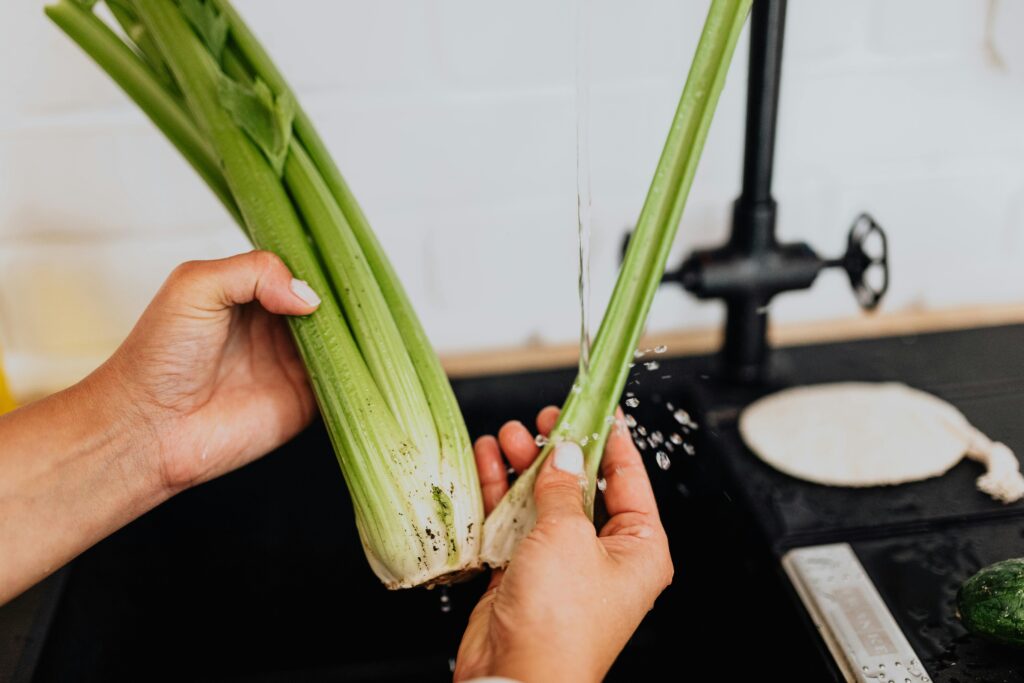
FAQs
How can I accelerate the growth of my celery plant?
While patience is key, ensuring optimal growing conditions—consistent moisture, ample sunlight, and regular feeding—can encourage faster growth. Additionally, choosing a fast-growing celery variety can also make a difference.
Is it possible to grow celery from stalk in colder climates?
Yes, with some precautions. Starting your celery indoors and transplanting it outside after the last frost can extend the growing season. Cold frames and floating row covers can also protect plants from cooler temperatures.
Can I reuse a celery base to grow more than one plant?
Typically, a celery base can regenerate into a new plant only once. However, using seeds from mature plants allows you to continue growing celery beyond the original stalk.
How do I know when my celery is ready to harvest?
Your celery is ready when the stalks are about 12 inches tall and feel firm. Harvesting early in the morning can result in crisper stalks.
Can growing celery from stalk be done hydroponically?
Yes, celery can be grown hydroponically, which can lead to faster growth rates and larger yields. This method requires a hydroponic system and nutrient solution to support plant development.
How to Harvest Carrot Seeds in 2024 For Biennial Success
How to Grow Celery from Stalk: Conclusion
Embarking on the journey of how to grow celery from stalk is a rewarding endeavor that brings sustainability, education, and culinary delight into your home. This guide aims to equip you with the knowledge and confidence to transform simple kitchen scraps into a thriving vegetable garden. With patience, care, and a bit of green thumb magic, your celery plants will flourish, providing fresh, crunchy stalks to enhance your meals and wellness.

